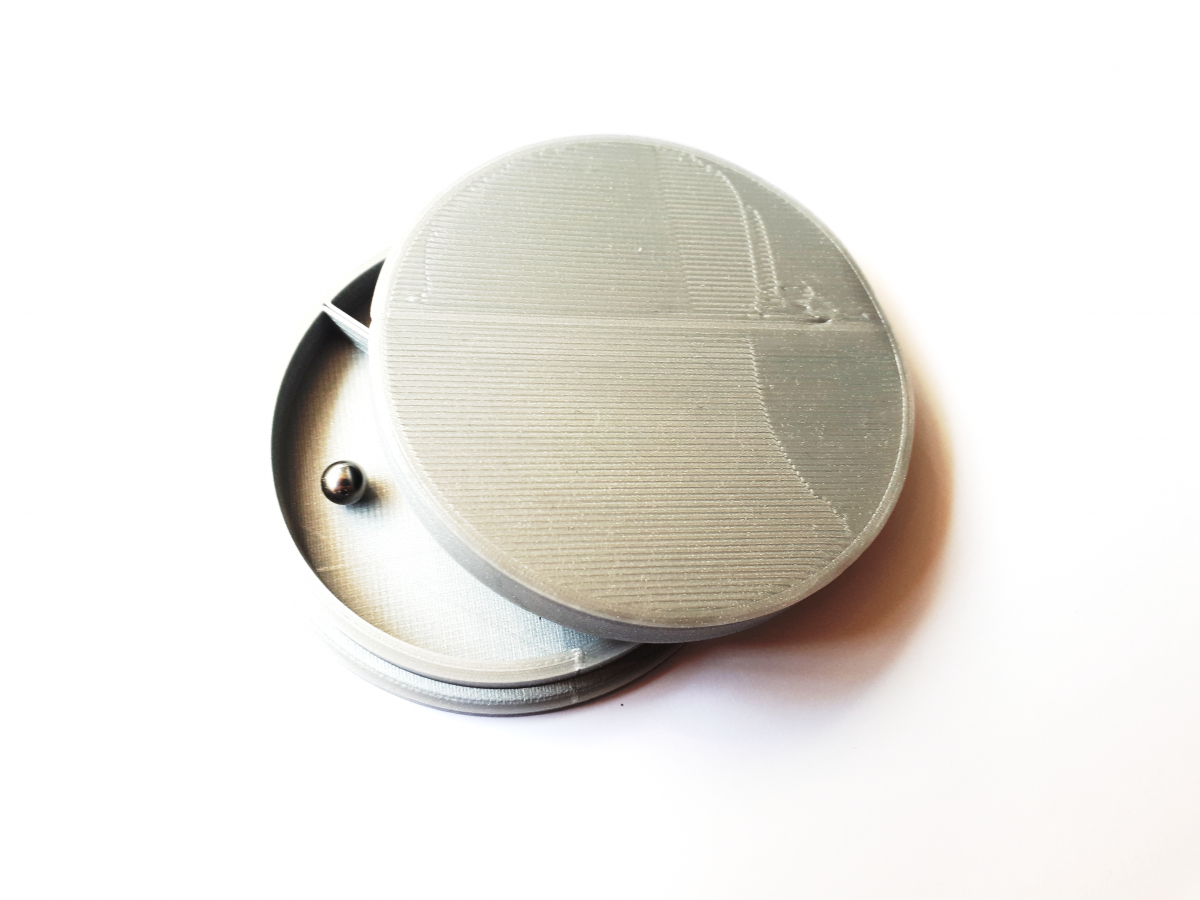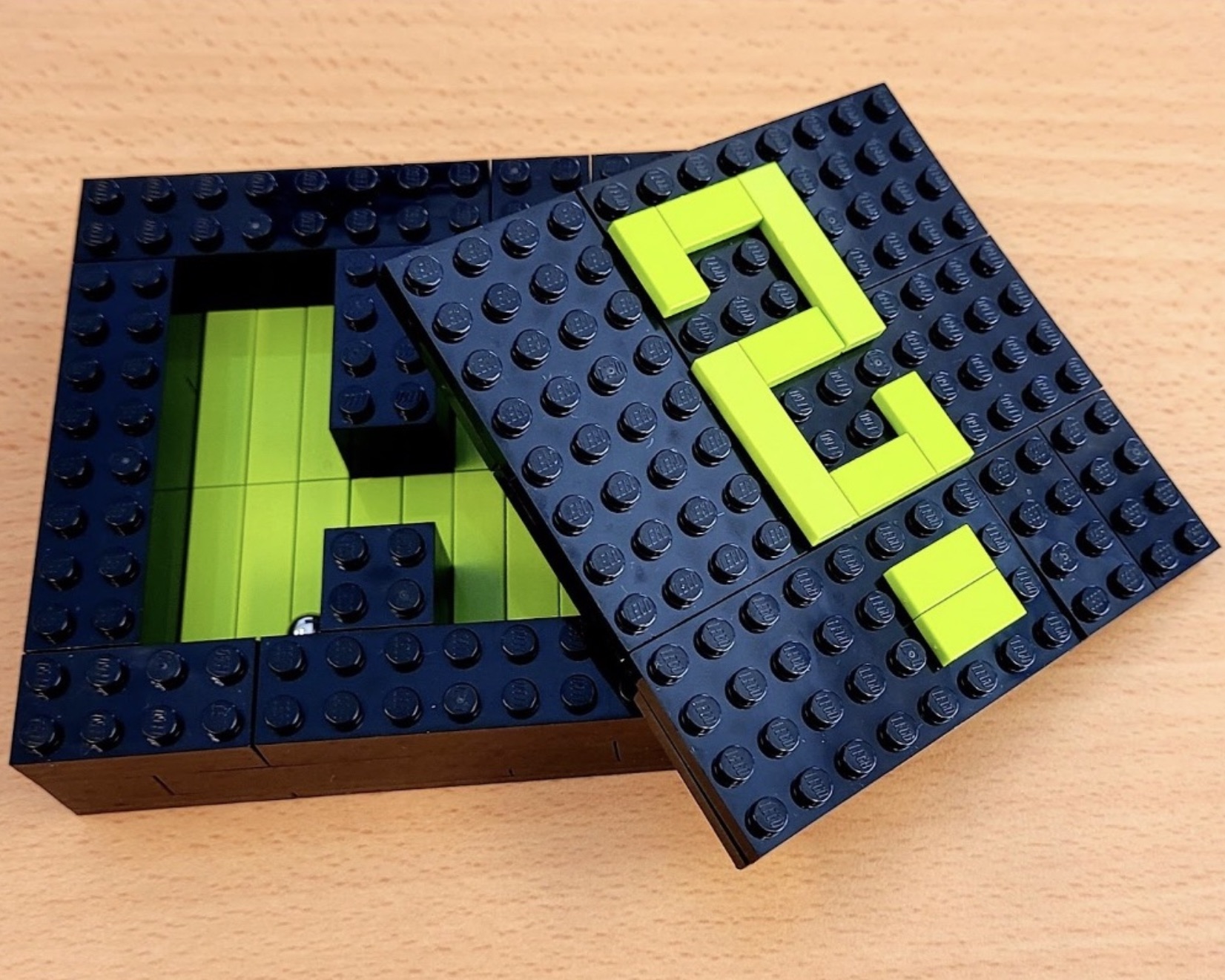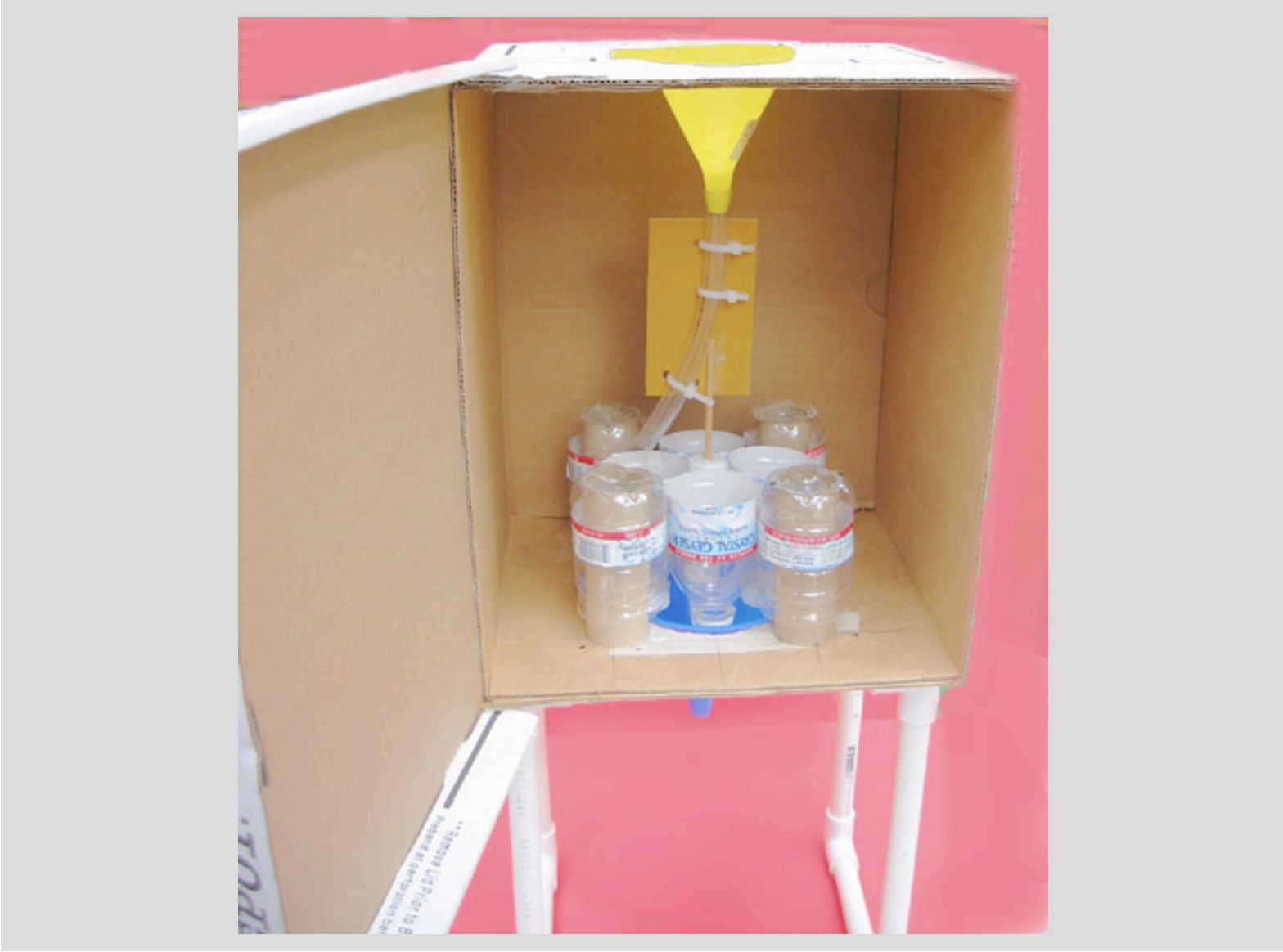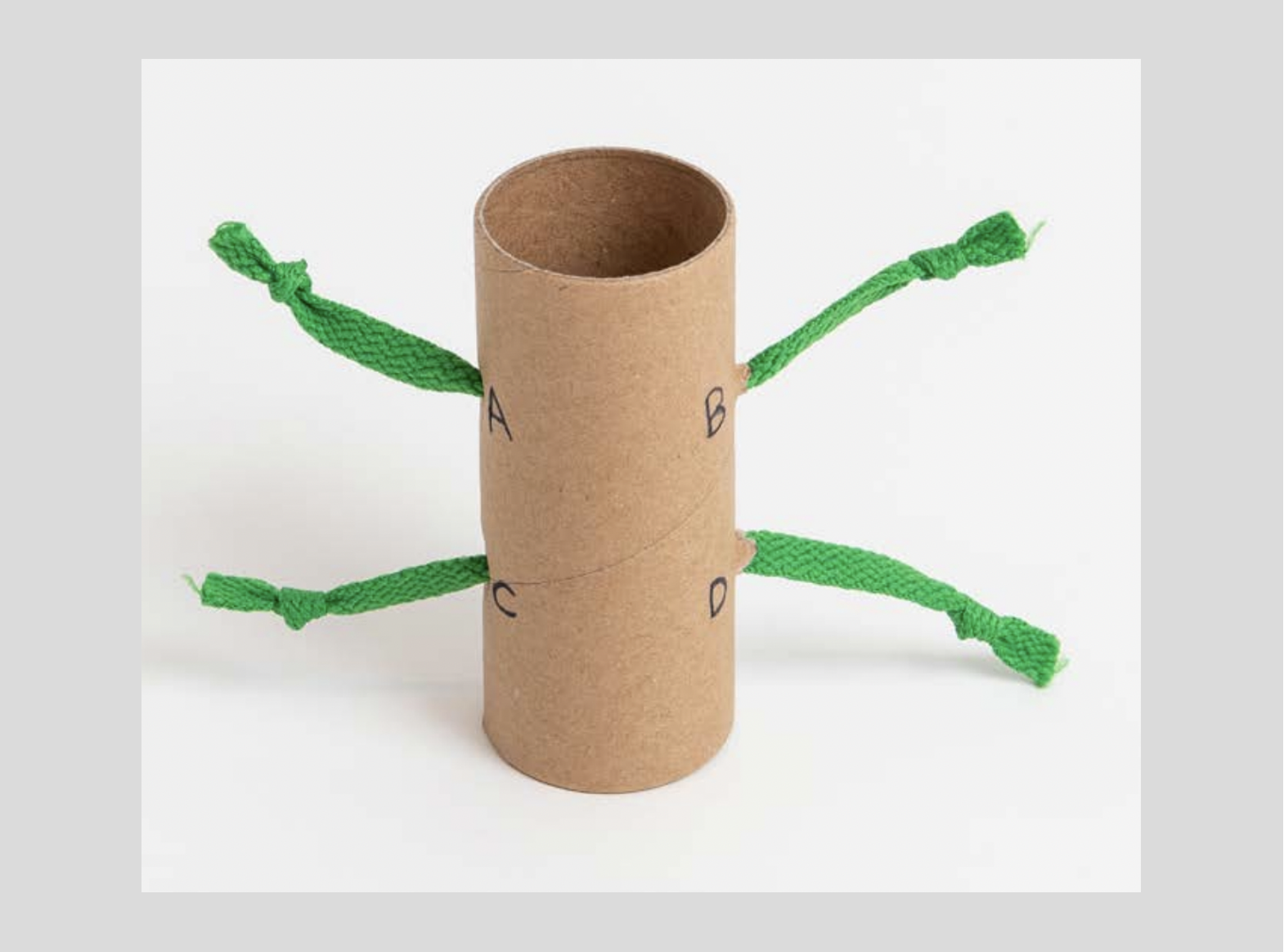Mystery Boxes
Mystery boxes
Mystery boxes are a great tool to practice scientific reasoning skills and introduce students to the power of scientific models. Students develop hypotheses about the internal structure of a mystery box and come up with ideas on how to test their hypotheses. They also learn about the difference between observation and inference.
Below, we present ideas for activities using different mystery box setups, in particular a 3D-printable setup, a LEGO setup, as well as some alternatives. During these activities, students learn:
- the role of theoretical predictions in science,
- the role of and the difference between scientific observations and inferences,
- how scientific models evolve in light of new discoveries,
- that science is a social endeavour.
We know it’s tempting but NEVER open the mystery box, that’s not how science works. If you cannot resist the temptation, glue the box together (that's what we did).
The 3D-printable setup
We designed a set of 11 different 3D-printable mystery boxes. The setup includes
- base: a 3D-printable circular base with various options of internal structures, for example a square, a triangle or a line (see link above).
- steel ball: 5 mm diameter, is placed inside the structure in the base, needs to be purchased separately (look for a shop selling ball bearings).
- lid: a 3D-printable lid to close the mystery box, we recommend glueing it onto the base.
- small neodymium rod magnet (such as S-05-14-N): for more accurate observations, optional.
In some cases, it makes sense to label the mystery boxes, e.g., with a specific number, before you glue them together. In this way, you always know which structure is inside. However, we usually try to avoid labels unless necessary because that’s not how nature works.
Here's a few examples of possible internal structures:

The LEGO setup
The LEGO mystery box includes:
- base: a base plate with an internal structure. The base plate can be built using LEGO build plates. Regular sized LEGO can be then used to build an internal structure on top of the base.
- ball: a ball is placed inside the structure of the base.
- lid: LEGO build plates can be used to seal the box so that the structure and the ball cannot be observed directly.
Here's a few examples of possible internal structures:

Suggestions for educators
There are different ways to use mystery boxes in your classroom. Depending on the age and level of your students, you can adapt the activity to different difficulty levels.
Easy version:
- Prepare mystery boxes with the easiest internal structures: triangle, square, line, or an empty base for the 3D-printed mystery box, and square, circle, or line for the LEGO mystery box. Ideally, every pair of students gets one mystery box.
- Let the students study their mystery box and instruct them to come up with a model of its internal structure. Here, students observe the sound the ball makes when moving the box. Let students draw their model on paper.
- Now 2 pairs of students with different drawings work together. The students explain their models. Then, they come up with ideas to test each other’s model. These ideas should be predictions about the behaviour of the boxes in a certain experiment, based on their model. For example: “If there is a square inside, I should hear 4 clicking sounds when I turn the mystery box one full turn.”
- Students test their predictions and note down their observations. If needed, students improve their models if the predictions did not match their observations and draw their improved model on paper.
- For the 3D-printed box, you can introduce the principle of probes and more accurate measurements with the help of small rod magnets. Every group of students gets a small rod magnet that will attract the steel ball if it is close enough. With the help of the magnet, students can again test their models of the internal structure: they will feel if the steel ball cannot be pulled in a certain part of the base because there is a hidden wall.
Difficult version: Instead of the easiest internal structures, used the more difficult ones.
Game version: We also use mystery boxes in our S’Cool LAB escape game. Here, we present 4 symbols representing the internal structure of the boxes in a certain order, e.g., ▲OI◾. The mystery boxes are labelled with numbers, e.g. ▲=1, ◾=3, O=7, I=8. Students have to determine the internal structure to place these 4 numbers in the right order (e.g., 1783) to open a combination lock and find the treasure or the next clue.
Watch out for upcoming papers with more ideas on teaching about the Nature of Science with mystery boxes!
Additional material
Instead of our 3D-printable or LEGO boxes, you can also build your own water-based mystery boxes or mystery boxes out of cardboard. For example, check out the Water Mystery Box of the Exploratorium for assembly instructions and a lesson plan. Alternatively, you can use cardboard tubes (e.g. empty toilet paper tubes) and connect two ropes inside in different ways. If you are looking for building instructions and a lesson plan for a mystery tube activity, check out the education resource The Black Box created by the Perimeter Institute, or the Mystery Tube activity created by the Science Museum Group. For another activity about observation and inference, check out their resource Making Models: Wooden Blocks.
|
Water Mystery Box A water-based mystery box constructed using a simple cardboard box, plastic water bottles, toilet paper tubes and coloured funnels. A clear, colourless liquid is poured into a funnel at the top of the box and comes out into a container at the bottom. In the second attempt, the liquid comes out coloured. In the third attempt, a different colour is observed! Try to guess what's going on inside the mystery box, without seeing the inside. |
Mystery Tube A very simple mystery box constructed using two cardboard tubes, a rope and some tape. Students are invited to think about how the ropes inside the black box might be connected.
|


Watch a video of a mystery tube activity on Twitter or Facebook
Today, it’s your turn to solve some knotty physics with leftover 🧻 cardboard tubes. #ToiletPaperChallenge pic.twitter.com/zM9DojiLa8
— CERN (@CERN) April 29, 2020
You can download this video here CERN CDS Videos

